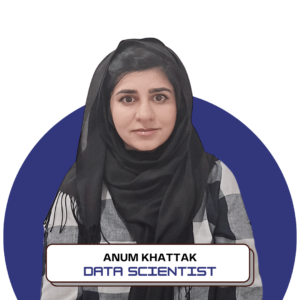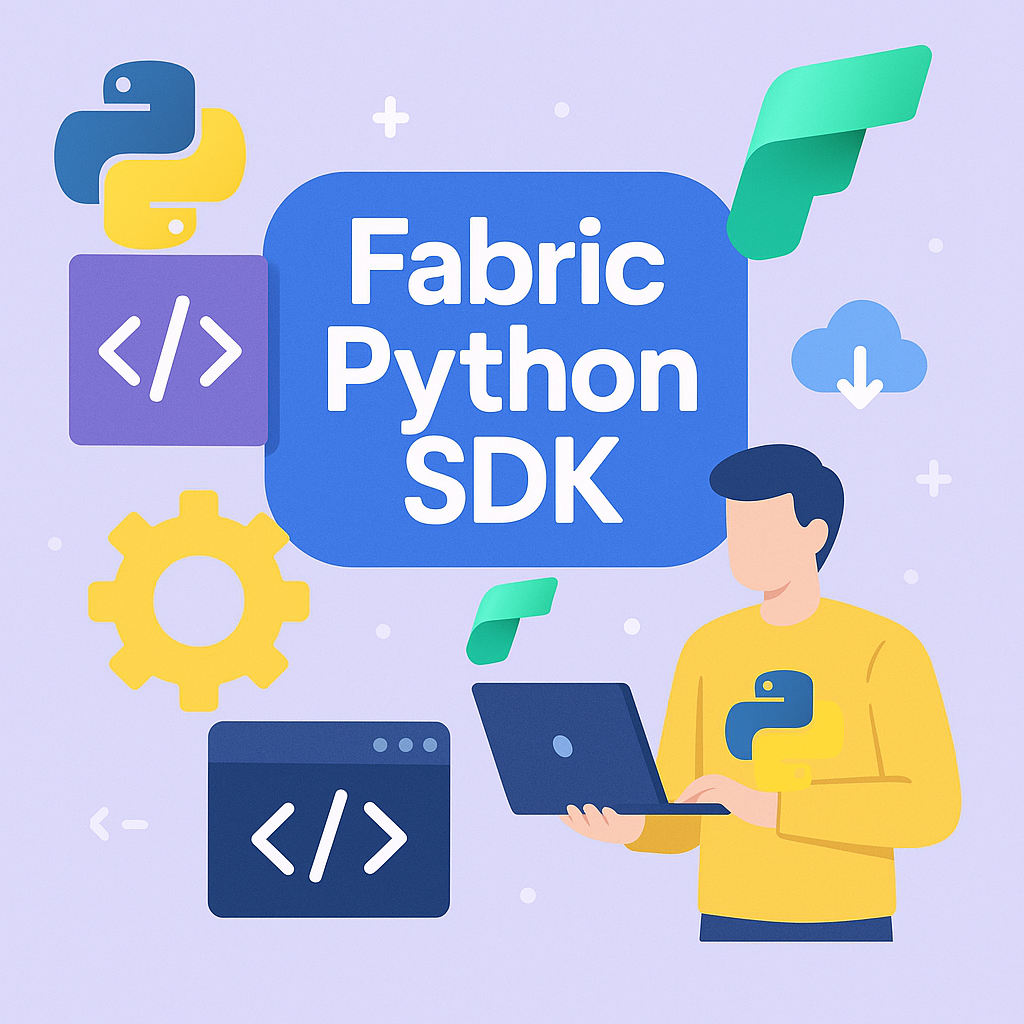Artificial Intelligence (AI) is advancing rapidly, and Large Language Model (LLM) agents are leading this evolution. Unlike traditional AI systems limited to basic text generation, LLM agents now incorporate memory retention, strategic planning, and autonomous problem-solving capabilities. This transformation is changing the way businesses operate, making processes more efficient and adaptive.

LLM agents are advanced AI systems built on large language models designed to perform complex tasks without constant human input. Unlike basic language models that generate static responses, LLM agents dynamically interact with data, make decisions, and execute actions. They handle real-time data, adapt to new information, and integrate with various tools to achieve specific goals. This makes them invaluable for applications like market research, process automation, and business intelligence.
The architecture of an LLM agent revolves around four core modules:
- Profile Module: Defines the agent’s role, personality traits, and social context. This allows businesses to customize agents for specific functions, such as customer service or market analysis. Agents with well-defined profiles can engage users more naturally, aligning their responses with specific brand voices or customer expectations.
- Memory Module: Enables agents to learn from past experiences. Memory structures can be short-term or a hybrid of short- and long-term data, helping agents make informed decisions. This module allows LLM agents to maintain continuity in conversations, recall critical information, and improve performance over time.
- Planning Module: Empowers agents to set goals, devise strategies, and make decisions. Planning can be predefined or dynamic, adjusting in real-time based on feedback. This flexibility enables agents to handle complex workflows, adapt to unexpected changes, and optimize task execution.
- Action Module: Executes decisions effectively. This module focuses on task completion, exploration, and communication, using tools and APIs to interact with the environment. The action module ensures that agents can not only process information but also take meaningful steps to achieve objectives.
Reasoning is what transforms LLM agents from simple text generators into intelligent problem-solvers. It helps them break down complex tasks, adapt dynamically, and make informed decisions. Industries like finance, legal services, scientific research, and software development benefit greatly from these capabilities.
Key reasoning models include hierarchical reasoning (breaking down tasks), probabilistic and Bayesian reasoning (handling uncertainty), Graph of Thought (exploring multiple solutions), and recursive reasoning (learning from feedback). Each of these models enhances the agent’s ability to tackle diverse challenges, from data analysis to strategic decision-making.
OpenAI’s o1 Series Reasoning Models stand out for their competitive programming, mathematical problem-solving, and scientific reasoning capabilities. They are designed for efficiency with extended context windows, adaptive context compression, and advanced decision-making mechanisms. The o1 models demonstrate remarkable proficiency in handling complex tasks, showcasing AI’s potential to rival human expertise in specialized fields.
LLM agents also excel in multi-agent systems where collaboration leads to smarter solutions. Swarm intelligence models, deliberative reasoning, and distributed cognitive processing help multiple agents work together effectively. These systems mimic natural ecosystems, where agents share information, coordinate actions, and solve problems collectively. However, challenges remain. LLM agents struggle with long-term memory retention, scalability, ethical considerations, and multi-agent coordination. They also face issues in handling real-world data and building user trust. Continuous improvements in memory architectures, computational efficiency, and ethical AI practices are addressing these issues. Ensuring transparency and accountability in AI decision-making processes is essential for fostering user confidence and promoting responsible AI adoption.
Notable LLM Agent Frameworks
LangChain is a versatile framework designed to simplify the development of applications powered by large language models. It provides a modular approach, allowing developers to create complex LLM workflows with ease by integrating various tools, data sources, and APIs.
LlamaIndex is a data-centric framework designed to ease the creation of LLM applications. It simplifies data ingestion, structuring, and advanced retrieval processes.
Haystack is an end-to-end NLP framework tailored for building production-ready NLP applications with robust search and question-answering functionalities.
Embedchain is a flexible framework for creating ChatGPT-like bots customized to specific datasets. It supports seamless embedding generation and intelligent querying.
MindSearch is an advanced AI-powered search engine framework, similar to Perplexity.ai Pro. It allows you to build custom search engines leveraging both proprietary and open-source LLMs.
AgentQ is designed to create autonomous web agents capable of strategic planning, adaptation, and self-improvement.
NVIDIA’s NIM Agent Blueprints offer enterprise-grade tools for developing and deploying customized Generative AI applications optimized for NVIDIA’s high-performance computing environment.
The Bee Agent Framework, developed by IBM, is an open-source platform for building, deploying, and scaling complex agentic workflows.
Recent advancements include memory-augmented agents, self-improving models, multi-agent collaboration, hybrid AI architectures, and efficient task planning. These innovations are pushing the boundaries of what LLM agents can achieve. Memory-augmented agents can retain vast amounts of information, while self-improving models continuously learn from new data, enhancing their capabilities over time.
Looking ahead, LLM agents will play key roles as autonomous research assistants, integrate with robotics, and be fine-tuned for specific industries. Ethical governance will remain a focus to ensure responsible AI deployment. In fields like healthcare, education, and environmental science, LLM agents are expected to support groundbreaking discoveries, streamline operations, and drive innovation.
The evolution of LLM agents reflects the broader trajectory of AI development, where adaptability, intelligence, and collaboration are key drivers of progress. As these agents become more sophisticated, their applications will expand, reshaping industries and redefining the future of work and technology.
GitHub Repositories for Further Exploration
For curated lists of LLM agent research, frameworks, and implementations, explore the following repositories:

Anum Khattak
Anum Khattak is an experienced Data Scientist and Software Engineer with expertise in AI-driven cloud solutions, machine learning, and big data architecture. With a strong academic background, she is currently pursuing a PhD in Computer Engineering while leveraging her technical skills to develop scalable AI models and data-driven applications. Her expertise spans cloud computing, business intelligence, and automation, enabling her to build end-to-end AI solutions that enhance operational efficiency and decision-making.
With a track record of research in quantum software engineering and fiber optics, Anum has published multiple papers in peer-reviewed journals. She has successfully led AI deployments across Microsoft Azure, Databricks, and Power BI, optimizing data architectures and processing pipelines. Passionate about innovation, she collaborates with engineers, researchers, and industry leaders to bridge the gap between academia and real-world AI applications, driving business transformation through data intelligence.




